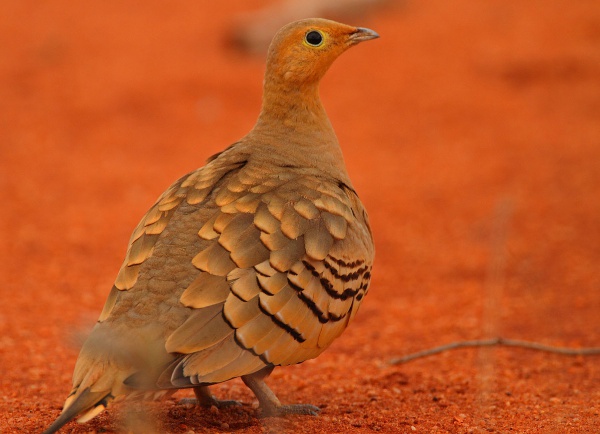Facts About Chestnut-bellied sandgrouse
The chestnut-bellied sandgrouse is a captivating bird species that thrives in the sparse, bushy, and arid regions of central and northern Africa, as well as southern Asia. Despite the harsh, hot climates they inhabit, these birds exhibit a remarkable dependency on water. In fact, they are known to travel impressive distances—up to 80 kilometers in a single day—in search of it.
Primarily herbivores, chestnut-bellied sandgrouse specialize in consuming leguminous weed seeds, though they occasionally eat grass seeds. Interestingly, in the 1960s, some of these birds were captured in Rajasthan, India, using clap traps and were introduced to Nevada and Hawaii.
A subspecies of this bird, P. e. floweri, was last observed in the Nile Valley of Egypt in 1979. Unfortunately, this subspecies is now believed to be extinct, although the exact reasons for its disappearance remain unclear.

 Yemen
Yemen